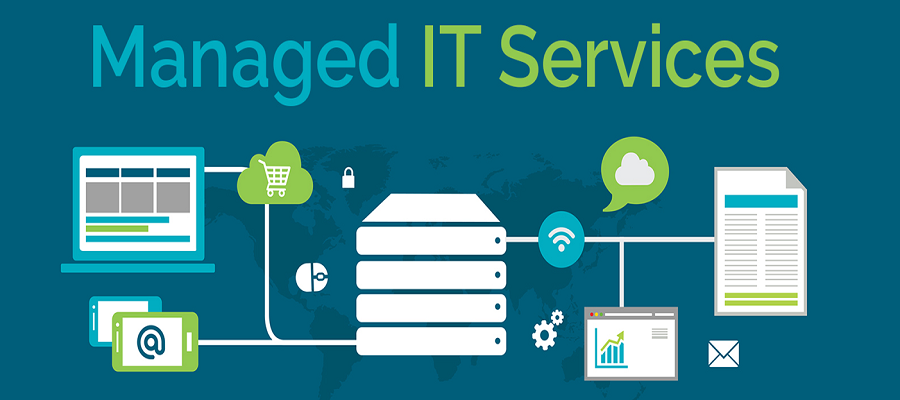The Importance of Timely Updates for Windows Workstations and Servers
In the rapidly evolving digital landscape, staying ahead of security threats, software bugs, and compatibility issues is crucial for maintaining a robust and efficient IT infrastructure. This is especially true for organizations relying on Windows workstations and servers, which form the backbone of many enterprise environments. However, the approach to applying updates and patches requires a balanced strategy, blending timely application with cautious evaluation. Let’s explore why updates for Windows workstations and servers are critical, the benefits of automating this process, and the reasons why immediate adoption of the latest patches might not always be the best course of action.
Why Updates Cannot Be Ignored
Security
The primary reason for applying updates is to address security vulnerabilities. Cybercriminals and hackers are continually developing new methods to exploit vulnerabilities in software. By patching these vulnerabilities promptly, you significantly reduce the risk of a successful cyber attack, protecting sensitive data and maintaining customer trust.
Performance and Stability
Updates often contain fixes for bugs that affect the performance and stability of Windows systems. Regularly updating ensures that your workstations and servers are running optimally, leading to improved productivity and user satisfaction.
Compatibility
New software and applications often require the latest system updates to function correctly. Keeping your systems up to date ensures compatibility with the latest technologies, enabling your organization to leverage new tools and features as they become available.
The Case for Automation
Manually checking, testing, and applying updates is a time-consuming and error-prone process, particularly for organizations with a large number of systems. Automation simplifies this process by:
- Ensuring updates are applied consistently across all systems.
Reducing the likelihood of human error, such as missing an update.
Allowing IT staff to focus on more strategic tasks, rather than routine maintenance.
Why Not Always Rush for the Latest Patches?
While staying current is vital, immediately applying the latest patches on “patch day” can sometimes introduce new risks. Here’s why some caution is warranted:
#### Stability Concerns
New patches, especially major updates, can sometimes cause system instability or compatibility issues with existing software. Immediate deployment without adequate testing could disrupt business operations.
Quality Control
Occasionally, patches may contain errors or not perform as intended. Microsoft might retract or revise such updates. Applying them too hastily could necessitate additional work to undo or fix the issues.
Managed Service Providers (MSPs) and Patch Management Strategy
Many organizations rely on Managed Service Providers (MSPs) for their IT management, including patch management. A prudent MSP typically adopts a strategy that includes:
- Holding Patches: MSPs often wait a certain period before deploying new patches. This delay allows time for any significant issues with the updates to become apparent and addressed by Microsoft.
- Testing: Before widespread deployment, MSPs test updates in a controlled environment to ensure they do not introduce problems.
- Selective Deployment: Not all updates are critical for every system. MSPs tailor the deployment of patches based on the specific needs and configurations of each client’s infrastructure.
The management of updates for Windows workstations and servers is a critical component of IT infrastructure maintenance. While the timely application of patches is crucial for security, performance, and compatibility, a measured approach that includes automation and cautious evaluation of new patches ensures the best balance between staying current and maintaining system stability. By partnering with a knowledgeable MSP, organizations can navigate the complexities of patch management, ensuring their IT systems are both secure and reliable.


